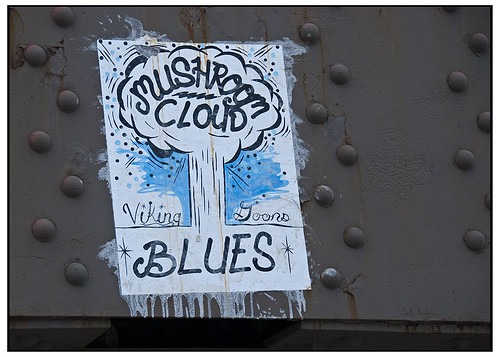Peak Emissions Now – the US position
In the run up to Copenhagen, I suggested the economic downturn could be used to push for a goal of an immediate peak to global emissions.
In a pastiche of Kennedy’s man on the moon speech, I imagined President Obama laying down the following gauntlet to the world:
I believe that the world should commit itself to achieving the goal of stopping the inexorable rise in greenhouse gas emissions that is doing so much to put our planet in peril. I don’t believe we should aim to achieve this goal in 2020 or 2030 or 2050 – but right now in 2009, making this year the high water mark for mankind’s global experiment with the global climate.
Obviously this didn’t happen, but – gradually – we’re learning more about has happened to emissions. The figures for US carbon dioxide for 2009 are now in and the good news is that they fell by an astonishing 9%.
Question is: has the US stimulus been wisely spent on measures that will push the economy onto a lower carbon path as it grows again? The answer is probably not, though there is some reason for hope:
As the economy recovers, the structure of that recovery will be important to the future emissions profile of the United States. If energy-intensive industries lead the economic recovery, emissions would increase faster than if service industries or light manufacturing play the leading role. If coal, which was more heavily impacted by the recent economic downturn than other energy sources, rebounds disproportionately, the carbon intensity of the energy supply could rise above the 2009 level.
However, longer-term trends continue to suggest decline in both the amount of energy used per unit of economic output and the carbon intensity of our energy supply, which both work to restrain emissions.
The world is at a major inflection point on its carbon trajectory, but I fear we’re going to blunder through it without realising the opportunity for transformation. As Copenhagen showed, unfortunately, we’re still a long, long way from reframing climate change as a now problem. But it’s still not too late to start working for peak emissions.

